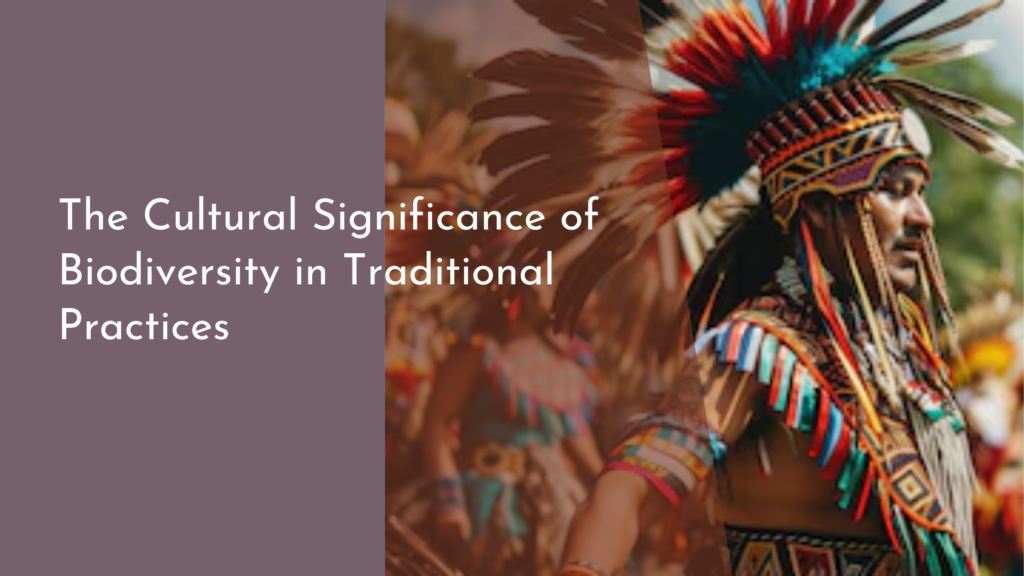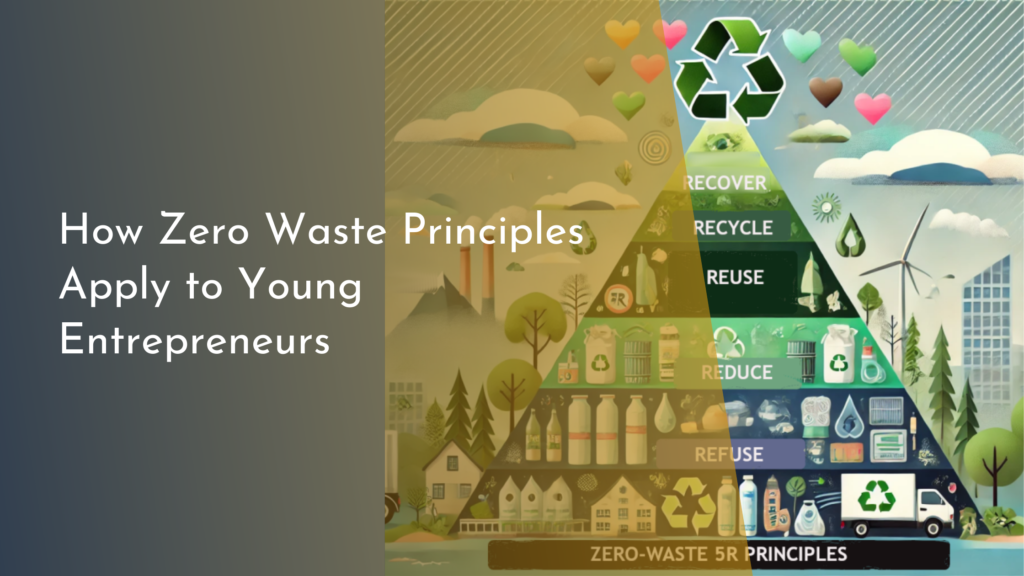Addressing the ethics of genetic interventions in wild populations
In recent years, the realm of genetics has entered a fascinating phase where scientists and conservationists are exploring the possibility of genetic interventions in wild populations. These interventions, which include techniques such as gene editing and genetic engineering, hold the potential to address pressing ecological challenges, from eradicating invasive species to enhancing the resilience of endangered animals. However, with great power comes great responsibility, leading to a robust discussion about the ethics surrounding these practices. This article aims to dissect the complexities of genetic interventions in wildlife, weighing the potential benefits against the ethical dilemmas they present, and highlighting the importance of community engagement.
Understanding Genetic Interventions in Wildlife Ethics
To navigate the ethical landscape of genetic interventions in wild populations, it is crucial to understand what these practices entail. Genetic interventions can range from subtle modifications, such as gene drives that alter reproduction rates, to more significant changes aimed at increasing biodiversity or restoring health to ecosystems. The ethical considerations surrounding these interventions involve not only the potential benefits but also the fundamental right of species to exist without human interference. Questions arise about the role of humans in ‘playing God’ and the unintended consequences that may emerge from altering the genetic fabric of ecosystems.
Moreover, ethical concerns also encompass the intrinsic value of biodiversity and the moral obligations humans have towards other species. Are we justified in intervening at all, especially when ecosystems have evolved over millennia? Addressing these questions requires a holistic approach that considers both scientific insights and philosophical perspectives, ensuring that our actions do not inadvertently harm the very systems we aim to protect.
The Potential Benefits of Genetic Interventions in Nature
Despite the ethical concerns, genetic interventions in wildlife offer exciting potential benefits that can positively impact ecosystems. One significant advantage is the ability to combat invasive species, which often threaten native flora and fauna. By selectively modifying or controlling the reproductive capabilities of invaders, we could restore balance to ecosystems that have been disrupted. Additionally, genetic interventions can enhance the resilience of endangered species, allowing them to adapt more effectively to environmental changes, diseases, and habitat loss. This proactive approach could be a game changer for conservation efforts, providing new tools to safeguard biodiversity.
Furthermore, genetic interventions can also facilitate the restoration of historical populations that have been lost due to human activities. By carefully reintroducing or enhancing genetic traits, we can help revive species that once thrived in an ecosystem. The potential for increased biodiversity and healthier ecosystems can bring renewed hope to conservationists and nature enthusiasts alike, demonstrating that with ethical considerations at the forefront, genetic interventions can serve as a powerful ally in preserving our planet’s rich tapestry of life.
Navigating Risks: Ethical Considerations for Wildlife
While the potential benefits of genetic interventions are appealing, they are accompanied by significant ethical risks that cannot be overlooked. One of the primary concerns is the unpredictability of genetic changes and their cascading effects on ecosystems. An intervention that seems beneficial in the short term may lead to unforeseen consequences, such as disrupting food chains or introducing new vulnerabilities to species. The concept of the "precautionary principle" urges us to proceed with caution and to gather comprehensive data before implementing any genetic modifications in the wild.
Additionally, there are concerns about equity and the governance of genetic interventions. Who decides which species are modified or which traits are targeted? The potential for inequitable access to technology and benefits could exacerbate existing inequalities in conservation efforts. It is essential to foster transparency in decision-making processes and to involve diverse stakeholders, ensuring that ethical considerations are woven into every aspect of genetic intervention planning.
Engaging Communities in Genetic Intervention Discussions
A vital component of addressing the ethics of genetic interventions in wildlife is the engagement of local communities and stakeholders. Individuals living in proximity to affected ecosystems often have valuable insights and a vested interest in the outcomes of conservation efforts. By involving these communities in discussions about genetic interventions, we can create a more inclusive dialogue that respects local knowledge and practices. This collaboration can lead to a greater understanding of the potential impacts and benefits of genetic interventions, fostering a sense of ownership and responsibility.
Moreover, educational initiatives can play a crucial role in bringing communities up to speed on genetic technologies and their implications for wildlife. Workshops, seminars, and outreach programs can demystify genetic interventions, providing essential information that empowers communities to participate in decision-making processes. By promoting transparency and fostering collaboration, we can cultivate a sense of shared stewardship over wildlife, aligning ethical considerations with the aspirations and values of local populations.
As genetic interventions in wild populations continue to evolve, it is essential to approach these innovations with a balanced perspective that prioritizes ethical considerations alongside potential benefits. By understanding the complexities of wildlife genetics, navigating associated risks, and engaging communities in meaningful discussions, we can harness the power of genetics responsibly. Together, we can work towards innovative solutions that not only enhance biodiversity but also honor the intricate relationships that exist within ecosystems. With thoughtful stewardship, the future of wildlife may be brighter than ever!


